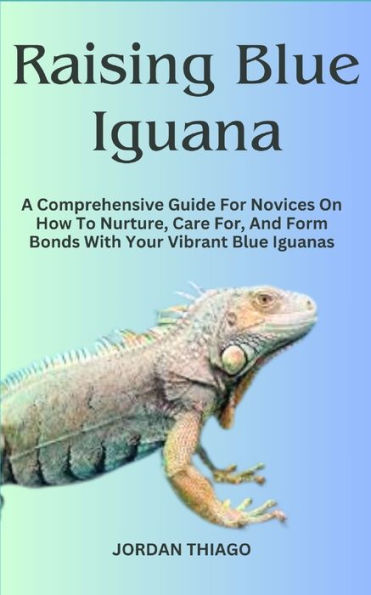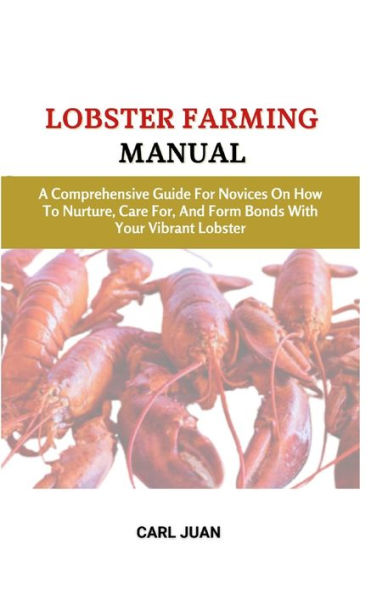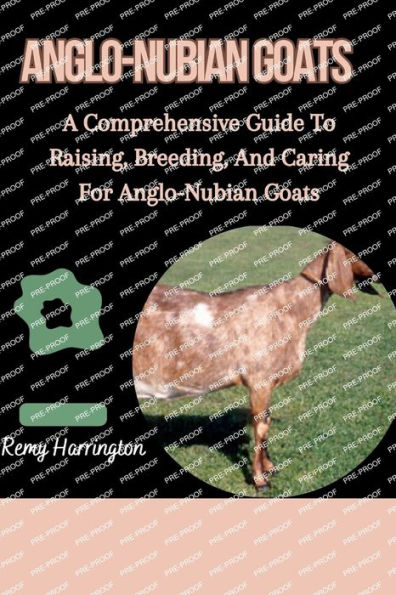Home
Raising Blue Iguana: A Comprehensive Guide For Novices On How To Nurture, Care For, And Form Bonds With Your Vibrant Blue Iguanas



Raising Blue Iguana: A Comprehensive Guide For Novices On How To Nurture, Care For, And Form Bonds With Your Vibrant Blue Iguanas
Current price: $8.59
Loading Inventory...
Size: OS
The Cayman Islands in the Caribbean are home to a unique type of iguana called the blue iguana (Cyclura lewisi). It stands out from other iguana species thanks to its one-of-a-kind blue-gray coloring. The blue iguana is described below along with some of its defining features and facts.
- As their name suggests, blue iguanas are mostly a bluish-gray tint, though the degree of this coloration varies and can make them appear more gray or green.
- Adult blue iguanas can grow to be anywhere between 0.6 and 1.5 meters (about 2 to 5 feet) in length. This makes them one of the longest iguana species.
- Their natural habitat is the islands of Grand Cayman and, previously, Little Cayman. They are found in a variety of environments, including arid woodlands, beaches, and rocky shorelines.
- Conservation Status: The blue iguana is classed as critically endangered. The fall in blue iguana numbers can be attributed to the eradication of their natural habitat and the introduction of new predators. Breeding programs and habitat protection are two examples of the conservation measures taken to keep this species from going extinct.
- Leaves, fruits, flowers, and even certain insects make up the bulk of the blue iguana's diet. What they eat could change depending on what's readily available where they live.
- The rainy season is often when blue iguanas have their breeding season and lay their eggs. They often give birth a few months after laying eggs in a burrow or crack.
The blue iguana is not only an iconic animal of the Cayman Islands but also an essential focus of conservation efforts to conserve and restore its population. It represents the importance of biodiversity conservation and the need to safeguard threatened species.











